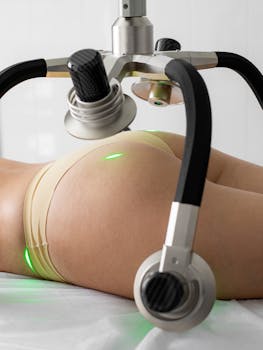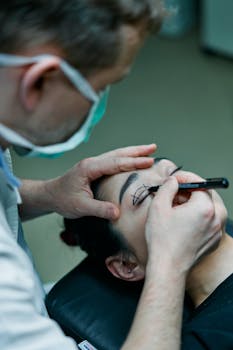Choosing revision after an initial procedure can feel overwhelming, but a clear, practical overview helps. In this guide we explain what breast revision is, why people seek it, and what to expect from consultation through recovery. Whether you’re considering correction for cosmetic concerns or addressing complications, understanding options and realistic outcomes makes decision-making easier.
Breast revision surgery: what to expect
“Breast revision surgery” is a common term patients hear when their results from a primary procedure need refinement. Reasons for revision range from dissatisfaction with size or shape, to capsular contracture, implant rupture, asymmetry, scarring, or changes after pregnancy and aging. A successful revision balances aesthetic goals with safety, often requiring a tailored approach that may include implant exchange, pocket adjustment, or implant removal with fat grafting.
Common reasons people seek revision
Patients often search for a boob job revision or breast aug revision after noticing complications or unwanted aesthetic outcomes. Some of the most frequent triggers include:
- Visible rippling or displacement of a breast implant.
- Pain or tightness from capsular contracture.
- Changes in breast shape after weight fluctuation or pregnancy.
- Desire to change implant size or profile.
- Concerns about implant integrity leading to breast implant revision.
Evaluating options and planning treatment
During consultation, an experienced surgeon will perform a physical exam, review your surgical history and imaging if available, and discuss whether a breast augmentation revision, implant exchange, or implant removal is most appropriate. In some cases, a combined approach like implant exchange plus fat grafting gives a more natural contour. If you’re considering alternatives to implants, read more about fat-transfer approaches in this useful overview: fat transfer breast augmentation: cost & what to expect.
Techniques surgeons use in revision
Techniques vary by goal. For example, correcting implant malposition might require recreating the implant pocket or adjusting scar tissue. In cases of implant rupture or silence of symptoms, a breast implant revision usually involves removal and replacement, combined with inspection of surrounding tissue. For cosmetic refinements, a breast augmentation revision can address symmetry and profile adjustments. Your surgeon will explain incision choices and whether scar revision or mastopexy (lift) is recommended.
Recovery expectations and risks
Recovery from a boob job revision often differs from the initial augmentation. Scar tissue can make surgery more complex and postoperative discomfort may be greater. Expect several days of limited activity, with gradual return to normal routines over weeks. Follow-up includes wound checks and monitoring for infection, bleeding, or other complications. Like any surgery there are risks — including asymmetry, sensory changes, and the potential need for further procedures — which a thorough preoperative discussion should cover.
Costs and timing considerations
Costs for a breast augmentation revision depend on the procedure’s complexity, surgeon experience, facility fees and whether implants are replaced. Insurance may cover revisions that address medical complications, but cosmetic revisions are usually out-of-pocket. Many surgeons recommend waiting until factors like pregnancy, weight stability, and breastfeeding are complete to reduce the chance of additional revisions.
Further reading and credible resources
If you want to learn more about implants and their considerations, the following impartial resource is helpful: Breast implant — Wikipedia. It covers types of implants, common complications, and historical context, which can inform your conversation with a surgeon.
- Takeaways:
- Revision is individualized: goals, anatomy and prior surgery shape the plan.
- Options include implant exchange, pocket repair, removal, or combined fat grafting.
- Recovery can be longer and more complex than initial augmentation.
- Discuss realistic outcomes, risks, and timing with a qualified surgeon.
Q: How soon should I consider revision after my original surgery?
A: Timing depends on the issue. For clear complications like rupture or infection, prompt evaluation is needed. For purely cosmetic concerns, many surgeons suggest waiting several months to a year for tissues to settle before planning revision.
Q: Will insurance cover a breast revision?
A: Insurance coverage varies. Revisions for medical complications such as implant rupture or infection may be covered, while elective cosmetic revisions typically are not. Check with your insurer and obtain documentation from your surgeon.
Q: Can I avoid future revisions?
A: No surgery guarantees permanence. Choosing an experienced, board-certified surgeon, realistic expectations, and appropriate implant selection can reduce the likelihood of repeat procedures, but factors like aging and life changes may still lead to future adjustments.






